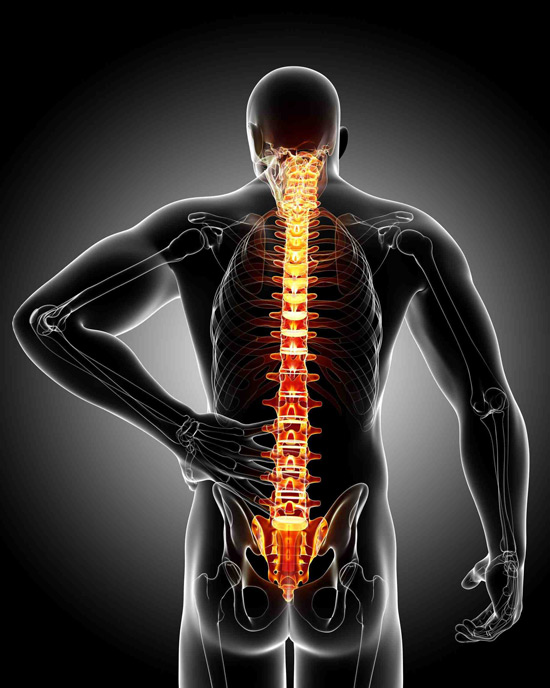Vertical marathons share some similarities with regular marathons, in that they both are endurance sports which will test your limits physically and mentally. The difference lies in the distance. Standard marathons are 42KM long and typically take 3-4 hours to finish, while vertical marathons take place over a relatively short distance, and depending on the height of the building, can be completed anywhere from less than 10 minutes to 30 minutes to complete. The world record for the Swissotel’s Vertical Marathon’s 1336 steps is a breathtaking 6 minutes and 46 seconds!
Compared to a regular marathon in which energy has to be conserved over a long distance, you can see that vertical marathons require a massive spurt of energy over a relatively shorter distance. As such, the demands that the vertical marathon places on the body are different from running. Here are the 3 biggest problems aspiring skyrunners face, and tips on how to avoid them to have the maximum tower running experience.
Proper Posture Prevents Lower Back Pain

Just like running, your body’s posture and form is very important while ascending the stairs. Only use the stair handles for support if need to steady yourself. Other than that, try to run up the stairs without using them. Using your arms to pull yourself upwards can throw the rest of your lower body out of alignment, and can put unnecessary pressure on your lower back.
Focus Properly to Avoid Giddiness and Passing Out
With vertical marathons taking place in an enclosed area, you might find yourself feeling giddy and disorientated while running repetitively in the same direction. You might see stars, or even pass out.
Such dizziness is usually caused by looking at your feet or the stairs at eye level while running, which will disorient you in a matter of minutes. Avoid this by looking at the top and bottom of the flight of stairs as you climb. This will stimulate and engage your brain, preventing any disorientation.

Don’t “Lock” Your Knees
Stair running can cause strain on your knees that that is an order of magnitude higher than normal running. In fact, running up the stairs can put your knees to a strain of up to 8 times your normal body weight, compared to 3-6 times when running. The potential for knee injuries is thus more prevalent when stair running.
Stair runners are subject to all of the same strains that a normal runner has. But the meniscus of the knee is especially easily susceptible to injury when ascending stairs.
Additionally, when going down, be certain not to “lock” your knees, which will cause the majority of the strain to go to your knees. Stay flexible and let your glutes take the impact as well. If you’re stair running in a building, it is also recommended to take the elevator down to avoid injuring knees, ankles and calf muscles.
Stay Safe and Climb Strong
Since vertical climbing can be enjoyed with the same intensity as running, you might be interested to check out the top 6 tips to prevent running injuries. By keeping a lookout for these 3 common problems faced while stair running, you’ll be well equipped to face the Swissotel Vertical Marathon later this year!
If you have any additional tips on stair running, share them with us on the comments below!





